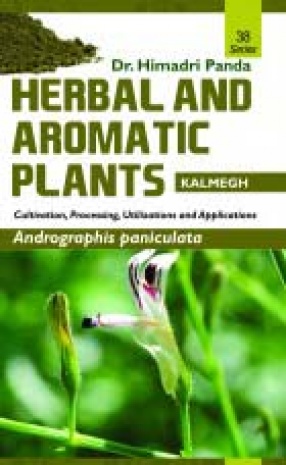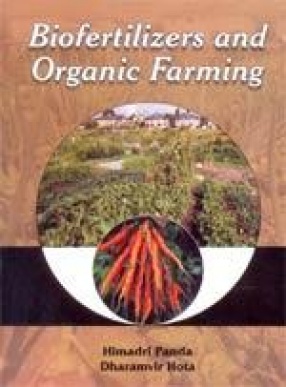Herbal and Aromatic Plants: Andrographis Paniculata: Kalmegh
Kalmegh (Andrographis paniculata Nees, family Acanthaceae) is commonly known as ‘King of Bitters’, Maha-tita or Bhui-neem as the plant, though much smaller in size, shows similar appearance and bitter taste as that of Neem (Azadirachta indica A. Juss.). It is distributed in tropical Asian countries, often in isolated patches. It can be found in a variety of habitats, e.g. plains, hill slopes, wastelands, farms, dry or wet lands, sea shores and even road sides.
It has been used as medicinal herb for centuries in several traditional systems of medicine all over the world. It is extensively used in Ayurveda, Unani and Siddha medicines as home remedy for various diseases in Indian traditional system as well as in tribal medicine in India and some other countries for multiple clinical applications. The therapeutic value of Kalmegh is due to its mechanism of action by enzyme induction. It is an important cold property herb, used in fevers and to dispel toxins from the body. It is used to treat gastrointestinal tract and upper respiratory infections, fever, herpes, sore throat, hepatitis and a variety of other chronic and infectious diseases. It exhibits antibacterial, antimalarial, filaricidal, antidiarrhoeal, cardiovascular activities, fertility effects and protection of liver and gallbladder. The herb and its isolates like andrographolide, neoandrograholide, dehydroandrographolide, isoandrographolide, etc. are reported to possess anti-inflammatory, hepatoprotective, astringent, anodyne, tonic, alexipharmic and anti-pyretic properties and helps in arresting dysentery, cholera, diabetes, influenza, bronchitis, swellings and itches, piles and gonorrhoea.
Get it now and save 10%
BECOME A MEMBER











Bibliographic information